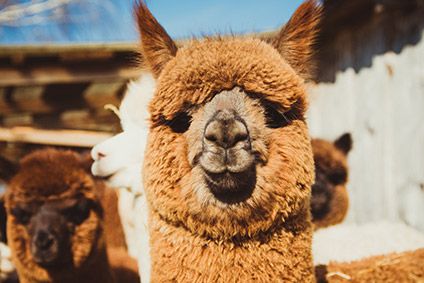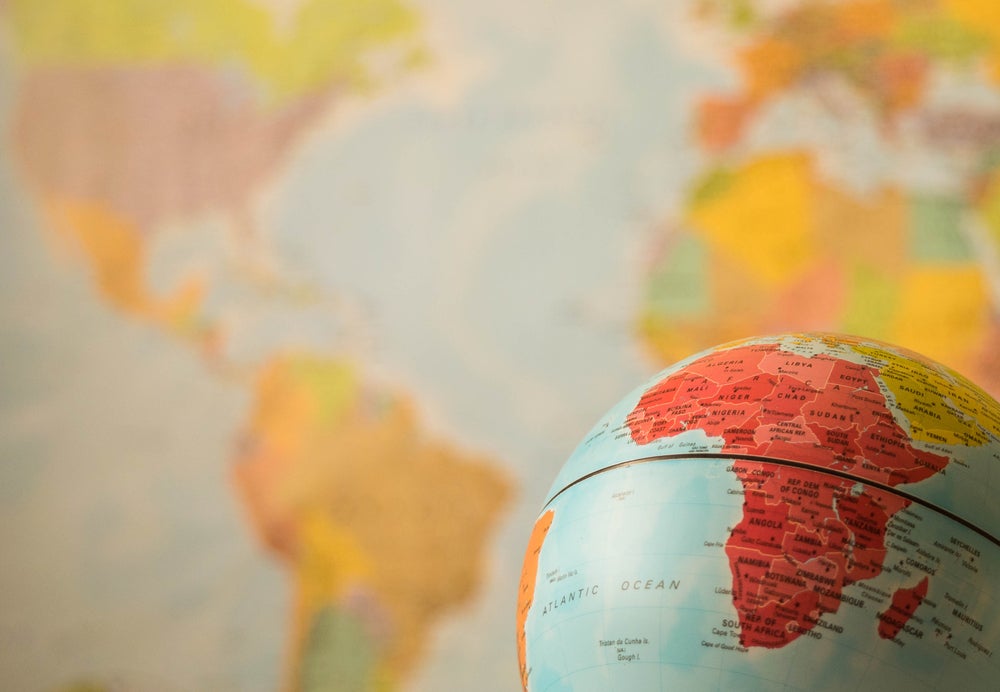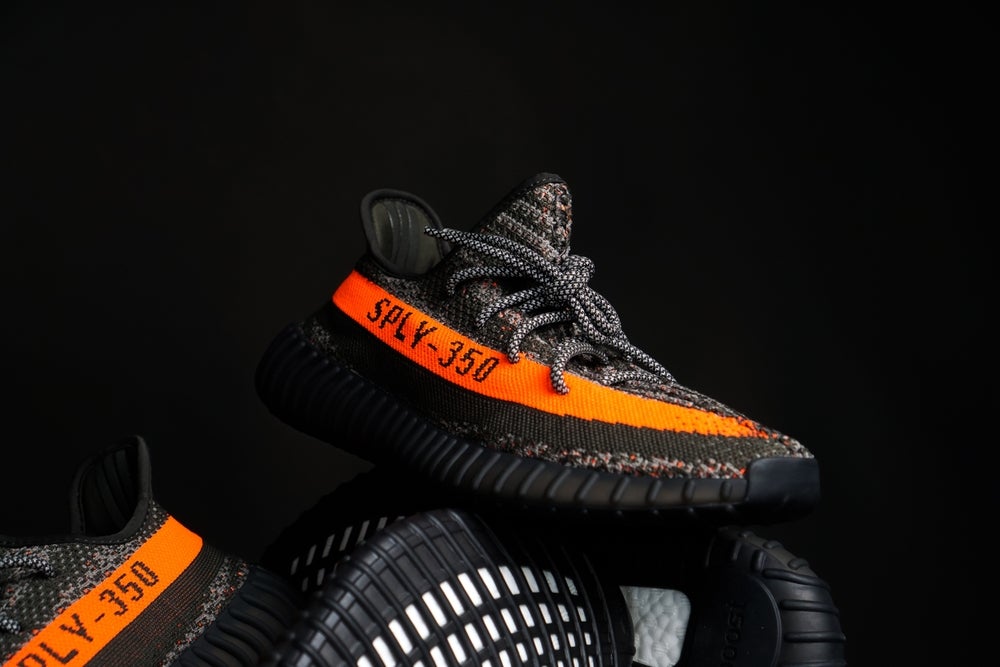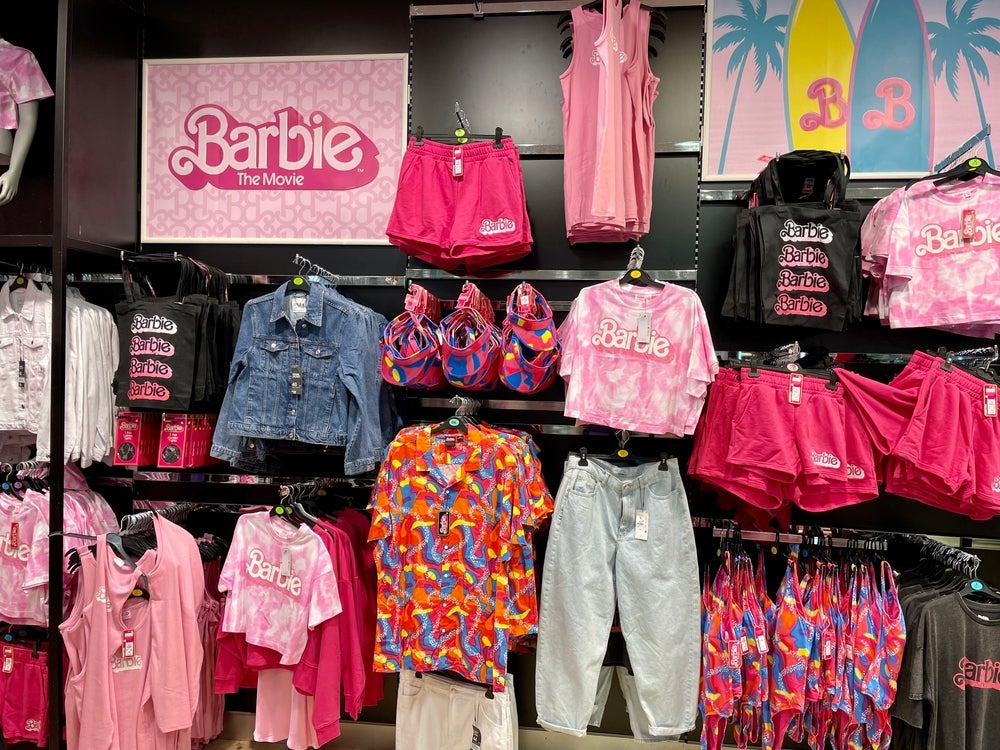
The Peruvian government has created a textile and clothing industry roundtable group charged with forging domestic backward linkages, with a focus on alpaca fibres.
The aim is to deliver a comprehensive domestic supply chain from fibre to fabric that will reduce costs for the country’s apparel sector. Peru currently imports significant volumes of yarn and cotton, increasing expenses for the clothing sector.
A key priority for the new group, which first met in January, is to strengthen the Peruvian processing of alpaca fibres into yarn and fabric, working with alpaca production cooperatives, with the government playing a key role in coordinating supply chain partners.
Officials from Peru’s ministries of production, agriculture, as well as foreign trade and tourism, plus representatives from the Peruvian Exports Association ADEX (Asociación de Exportadores) agreed at the roundtable’s first meeting to focus on strengthening the production and processing of alpaca fibres since Peru is the leading country in its production and commerce.
With three million animals, “Peru has the most significant alpaca population in the world,” Carlos Penny, president of the textile committee at ADEX, told just-style.
See Also:
Leading force in alpaca fibre
How well do you really know your competitors?
Access the most comprehensive Company Profiles on the market, powered by GlobalData. Save hours of research. Gain competitive edge.

Thank you!
Your download email will arrive shortly
Not ready to buy yet? Download a free sample
We are confident about the unique quality of our Company Profiles. However, we want you to make the most beneficial decision for your business, so we offer a free sample that you can download by submitting the below form
By GlobalDataBecause of this, Peru is the leading force in alpaca fibre production, with 5.9m kilos made in 2019, which generated US$191.4m in revenue, according to ADEX statistics shared with just-style.
The export association says Peru currently exports 80% of its alpaca fibre, with key overseas markets for Peruvian alpaca fibre, yarn, textiles and apparel being United States (accounting to 19% of receipts), Italy (14%), Norway (5%), Germany (4%) and Britain (3%).
Penny, however, says the industry has great scope to grow, given “the vast majority of alpaca producers are considered small breeders,” generally with up to 50 head of alpacas, which is not always financially sustainable.
Omar Príncipe, an official at the livestock directorate at the agriculture ministry, told Peruvian Spanish language newspaper El Comercio in December 2019 that an average producer in Peru shears 50% of their alpacas every year (between 25 and 30 animals), which yields just over 56kg of alpaca fibre per producer. This yield is worth between PEN1,200 (US$335) and PEN2,000 (US$560) a year, which cannot sustain a family on alpaca fleeces alone.
Therefore, the roundtable agreed that a first step should be helping small breeders organise in cooperatives, so they can share animal husbandry, lowering breeding costs, boost their market power and hence increase unit prices and more efficiently deal with buyers through one collective channel.
“This will guarantee the production as well as a good profit for farmers so that they no longer live in poverty,” Penny predicts.
Diversified production chain
Other measures discussed and agreed for later action include forging links between a wider group of fibre producers, processors and manufacturers, so that the market is no longer dominated by the two leading processors – the Michell Group, which makes wool, tops, fabric and apparel, and Inca Tops, which makes wool, tops, rugs and apparel, including ponchos and socks.
In this way, a diversified production chain can grow and strengthen. “We are working on making this a reliable and trustworthy alliance so that the production chain inspires trust and creates new business opportunities in the country,” says Penny.
He notes that the Peruvian apparel industry in general needs support. It is negatively impacted by contraband clothing (made from mainly cotton and synthetic fabrics), as well as smuggled fabric and yarn from black-marketeers based in China, Bangladesh and Vietnam, who flood the market with cheap competition.
But ADEX hopes the roundtable plan will reduce imported inputs and moreover that synthetic fibres (legitimately imported and made locally) can be blended with alpaca fibres to produce a wide range of quality better products that boost Peru’s clothing and textile industry and – through alpaca use – is more environment-friendly.







